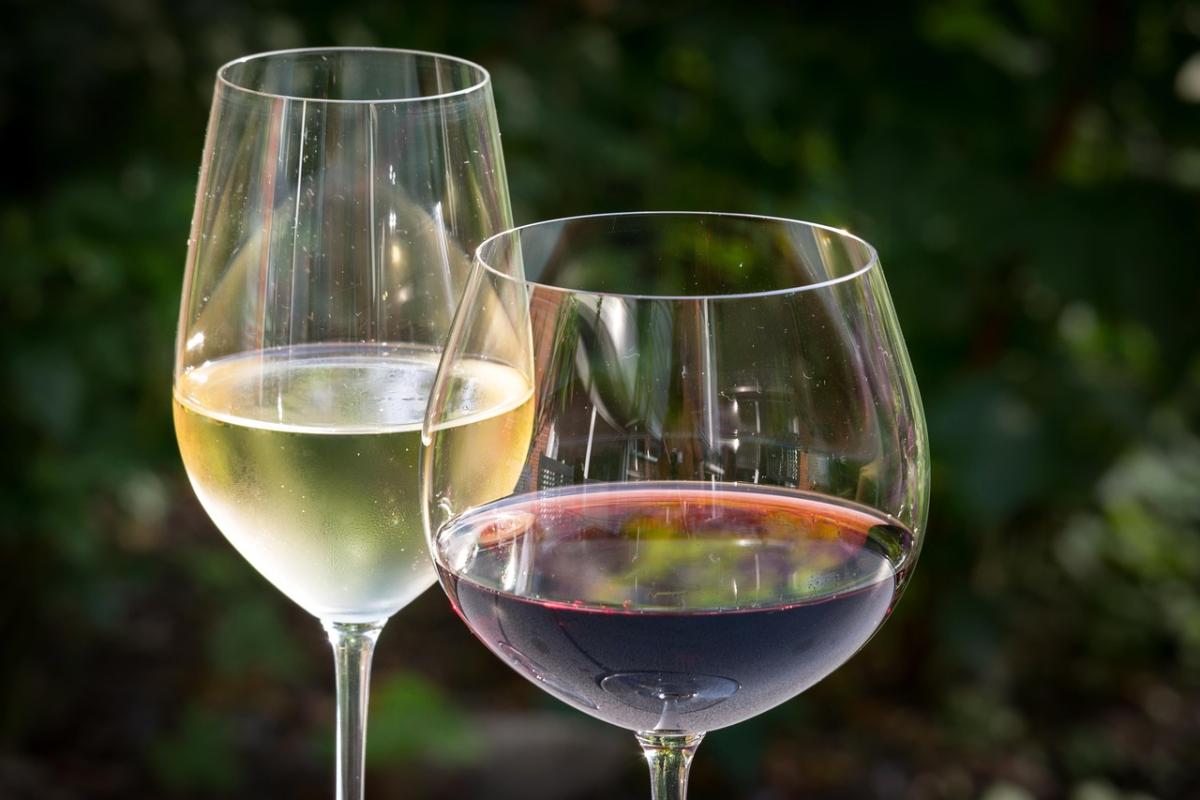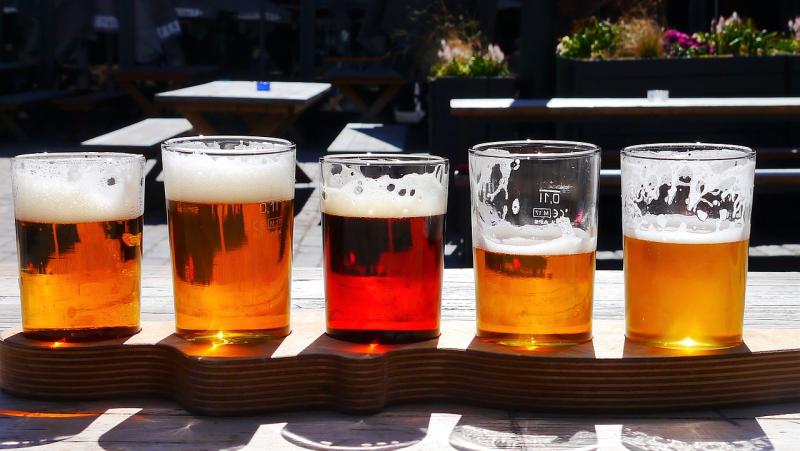Red wine comes in a delightful array of flavors, aromas, and textures, making it an exciting choice for any wine lover. One of the most popular types is Cabernet Sauvignon. Known for its bold character, this wine boasts dark fruit flavors like blackberry and blackcurrant, often accompanied by hints of vanilla and spice from oak aging. It’s a fantastic partner for hearty meals, especially grilled meats or rich stews.
Another crowd-pleaser is Merlot. This wine is typically softer and rounder than Cabernet Sauvignon, with fruit-forward notes of plum, cherry, and chocolate. Merlot is incredibly versatile and can be enjoyed with a variety of dishes, including pasta, chicken, and even cheese. Its smooth texture makes it an approachable choice for both new and experienced wine drinkers.
Pinot Noir stands out for its lighter body and complex flavors. Originating from Burgundy, France, this wine often features notes of red berries like cherry and raspberry, as well as earthy undertones. Pinot Noir is delightful with dishes like salmon, duck, or even mushroom risotto. Its elegance makes it a favorite at dinner parties and special occasions.
For those who like something a bit bolder, Zinfandel offers an exciting experience. This wine is renowned for its jammy fruit flavors, often featuring ripe blackberry, cherry, and even pepper spice. Zinfandel pairs beautifully with barbecue, pizza, and spicy dishes, making it an excellent choice for a casual gathering with friends.
Understanding White Wine Flavors
White wine offers a delightful palette of flavors that can vary greatly depending on the grape variety, the region where it's grown, and the winemaking techniques used. When you sip a glass of white wine, you might encounter notes ranging from crisp citrus to luscious stone fruits, each contributing to a unique tasting experience. Understanding these flavors can enhance your appreciation and help you select the right wine for any occasion.
One of the most common flavor profiles in white wine comes from the popular Chardonnay grape. Depending on the climate and winemaking style, Chardonnay can present flavors of green apple and pear in cooler regions, or tropical fruits like pineapple and mango in warmer climates. Some Chardonnays are also aged in oak, adding layers of buttery richness and hints of vanilla, which can create a complex and indulgent experience.
Another notable white wine is Sauvignon Blanc, which is known for its zesty and herbaceous characteristics. It often showcases bright citrus flavors like lime and grapefruit, along with grassy, herbal notes. The wine is particularly refreshing and can be a perfect pairing for seafood dishes or salads. The vibrant acidity in Sauvignon Blanc also makes it a favorite for those who enjoy a crisp and clean tasting wine.
Riesling is yet another beloved white wine, celebrated for its aromatic qualities and sweetness levels that can vary from dry to dessert-style. This grape often produces wines with intense floral aromas and flavors of peach, apricot, and honey. Riesling is incredibly versatile, making it an excellent match for spicy dishes, as its sweetness can balance the heat and enhance the overall dining experience.
Sparkling Wines for Every Occasion
Sparkling wines are a delightful choice for celebrations, gatherings, or a quiet evening at home. The effervescence of these wines adds a touch of excitement to any occasion. With a wide range of options available, there’s a sparkling wine to suit every palate and event. From crisp, dry Cavas to sweet, fruity Proseccos, each type brings its own unique character to the table.
For a toast to remember, consider a classic Champagne. Originating from the Champagne region of France, this wine is known for its fine bubbles and complex flavors. A brut Champagne, which is dry and has low sugar, is perfect for weddings and anniversaries. The elegance of Champagne enhances any special moment, making it a timeless option for those who want to celebrate in style.
If you’re looking for something more casual, Prosecco is an excellent choice. This Italian sparkling wine is fruity and refreshing, often featuring notes of green apple and honeysuckle. Prosecco is versatile and pairs well with a variety of foods, making it a great option for brunches or outdoor picnics. Its lighter, less intense nature allows it to be enjoyed in larger quantities without overwhelming the senses.
Another option to consider is Cava, a sparkling wine from Spain that offers great value without sacrificing quality. Made using traditional methods similar to Champagne, Cava is typically dry and has a nutty flavor profile. It’s perfect for festive occasions like holiday parties or casual get-togethers, where guests can enjoy its bubbly charm without it feeling overly formal.
Lastly, for those who prefer sweeter offerings, look no further than Moscato d'Asti. This Italian sparkling wine is light, sweet, and gently effervescent, making it an ideal dessert wine or a refreshing choice for summer events. Its lower alcohol content and vibrant fruit flavors make it a favorite for gatherings like birthday parties or casual barbecues, where a laid-back vibe is essential.
Choosing the Right Wine for Meals
Choosing the right wine to accompany your meal can significantly enhance your dining experience. The key is to understand the basic principles of pairing wine with food. Generally, a good rule of thumb is to match the weight of the wine with the weight of the dish. For instance, a full-bodied red wine pairs beautifully with hearty meats, while a light-bodied white wine complements seafood or salads.
Another important consideration is the flavors in the dish. When pairing wine, think about the dominant flavors in your meal. If you are enjoying a tangy tomato-based pasta dish, a wine with good acidity, like Chianti or Sauvignon Blanc, works well to balance the richness of the sauce. On the other hand, creamy dishes, such as fettuccine alfredo, often pair nicely with a richer white wine like Chardonnay.
Don't forget about the role of spices and sauces in your meal! Spicy dishes, such as those found in Indian or Thai cuisine, can be elevated with a slightly sweet wine like Riesling or Gewürztraminer, which helps to cool the palate. Meanwhile, herbaceous dishes, such as those made with fresh basil or parsley, may call for a wine that shares similar herbaceous notes, like a Sauvignon Blanc.
Finally, personal preference should always play a role in your wine selection. If you have a favorite wine that you love, don’t hesitate to enjoy it with your meal, even if it doesn’t perfectly match the traditional pairing guidelines. Wine is meant to be enjoyed, and finding your own preferred pairings can lead to exciting culinary explorations.



